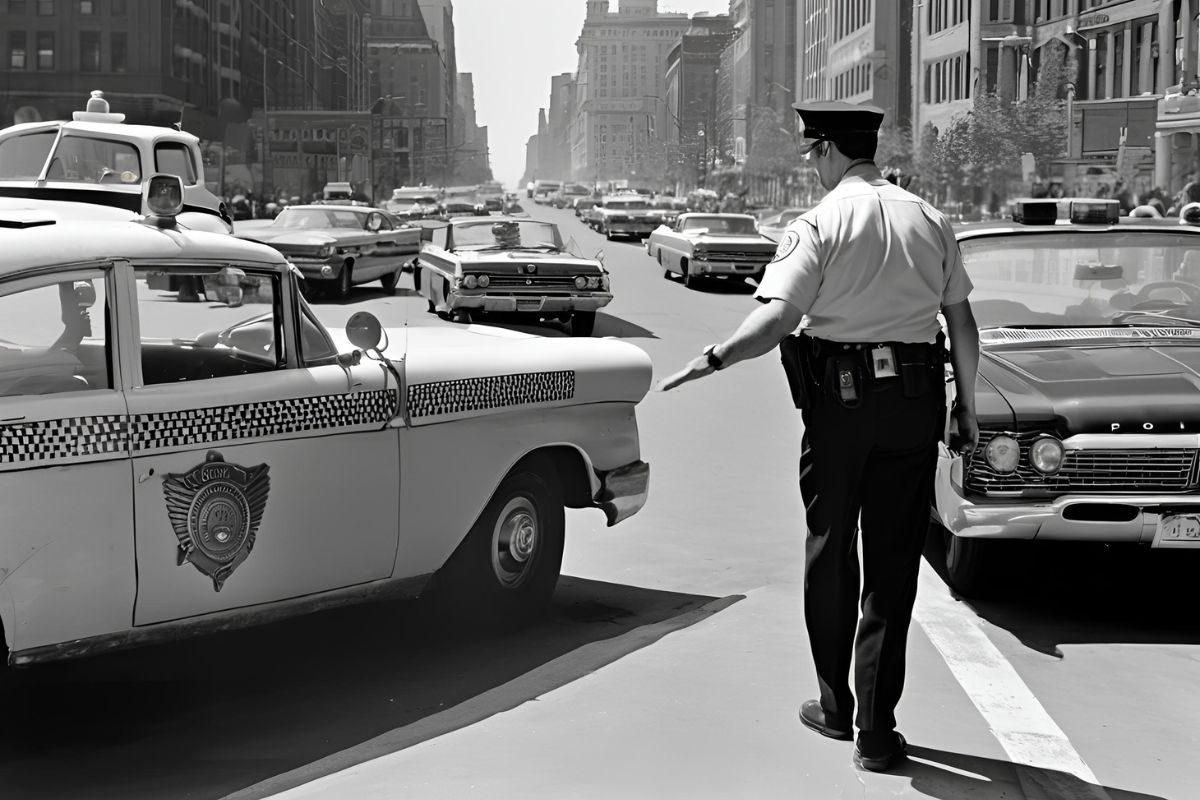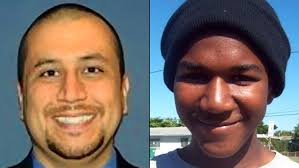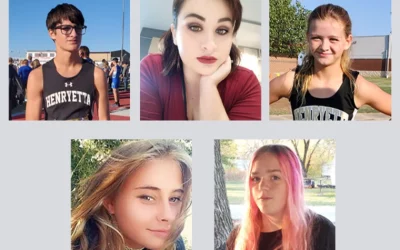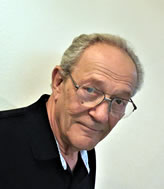Okay, all you old-time cops…what are the biggest changes in law enforcement that have taken place in the last 30,40, 50 years? My rookie season was 1960 in the Dade County Sheriff’s Office, which later morphed into the Public Safety Department, now known as Miami-Dade P.D. Here’s some of my observations, from the top of my head:
- The police academy was eight weeks, followed by four months of riding with a trainer. Then you were on your own. (Today, academies are more like 9 months)
- Minimum standards to be a police officer: 1) male gender, 2) Age 21-35, 3) Height 5’9” to 6’ 4”, weight proportional. Physical fitness also included ability to swim. Nearly all new hires were white and Anglo, though not a requirement. (The Cuban migration situation had not yet begun until 1961.)
- “Policewoman” was a separate county classification which did not allow promotions for females. Women were hired to handle juvenile matters and female prisoner searches.
- Cops never routinely wore bullet proof vests
- Officers used .38 revolvers, 4” to 6” barrel, purchased privately. We also had to buy our own handcuffs. Motormen wore clam shell holsters that flipped open with a push of the button.
- We patrolled in one-man cars, even in high-crime area. One two-man unit was sent out per shift, they were primarily used for prisoner transport, violent calls and back-ups.
- No computers, they were not yet developed for the marketplace. We used radios, wired to the vehicle. All calls and notes were hand written on clipboards.
- No cameras on the dash, or anywhere.
- Uniformed cars had domed red light flashers, no visibars.
- No air conditioning in police cars. Officers patrolled with windows open which enabled them to hear everything outside.
- Drug arrests were relatively uncommon
- Alcohol arrests were very common
- Public Drunk and Vagrancy were common catch-all charges when making minor arrests.
- Dade County was strictly segregated, including residences, schools and the County Jail. If a black person was found after dark, walking or driving on the beach side of the county…without a work permit, they could be arrested for Vagrancy.
- Yes, racial discrimination existed. New officers were taught that their statistical records would improve if they looked for blacks driving jalopies, because they usually hadn’t paid a prior ticket, or had failed to show up in court, thus the open arrest warrant.
- Minority hiring, including females and Hispanics, accelerated starting in the late 1960’s through the ’70’s.
- The breathalyzer reading for legal drunkenness was .150
- No overtime pay. When officers worked 40 hours or 80, same pay. (until 1973) Night shift officers attended court on their own time.
- PBA (Police Benevolent Association) emerged as a significant bargaining entity in the early 1970s, and later evolved into a full-fledged union.
- Restaurants usually accommodated on-duty officers with half-price meals, and in some cases, free. Drive-in movies, off-duty: Free
- Salary scale in 1960 was $312 monthly (gross) payable twice a month on the 1st and 15th. My first take-home paycheck for two-weeks, in 1960: $110.
- Most cops smoked cigarettes. (Most people smoked cigarettes)
- There was no tolerance for officer incompetence or laziness. Officers whose morality, energy or courage were in question often found themselves out of a job. Rookies who performed poorly did not pass probation.
- Officers had enormous discretion in making arrests…particularly lesser offenses like first-time DWI and Disorderly. Persons with no prior police record, and a good attitude, could be taxied home. Cops cared about attaching police records to young people.
- Police officers were shown respect by 98 percent of the people, including teens.
- To young ladies, uniformed officers were like a flame to the moth.
- Not uncommon for officers, on midnight shifts, to sneak up on parked lovers. People could not afford motel rooms.
- Alcoholism prevailed with too many officers whose private lives were wrecked.
- Suicide rates were unusually high among police officers. In my 30 year career, I knew a dozen officers that committed suicide, many of them in the 1960’s and 70’s.
These are thirty items comparing the police job (in Miami) of 50 years ago. Let’s hear from some other old timers.





